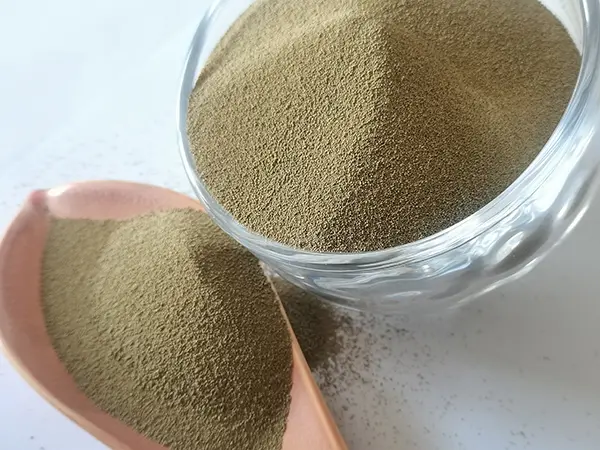Ceramsite A Versatile Material for Sustainable Construction
Ceramsite, a lightweight aggregate made from expanded clay, shale, or slate, has been making waves in the construction industry due to its myriad advantages. This innovative material has gained popularity for its excellent thermal insulation, reduced weight, and environmentally friendly properties, making it an ideal choice for sustainable construction practices.
One of the standout features of ceramsite is its lightweight nature. Traditional construction materials like concrete can be heavy and cumbersome, but ceramsite’s reduced density allows for easier handling and transportation. This not only accelerates the construction process but also lowers transportation costs and energy expenditure. Builders can construct structures with less foundational support, which can lead to a significant reduction in overall construction costs.
Thermal insulation is another key benefit of ceramsite. Structures built using ceramsite can maintain more stable indoor temperatures, leading to reduced energy consumption for heating and cooling. This thermal efficiency is particularly advantageous in extreme climates, where temperature fluctuations can put additional strain on heating and cooling systems. Consequently, buildings constructed with ceramsite are not only more comfortable for occupants but also more energy-efficient in the long run.
ceramsite

Additionally, ceramsite is recognized for its environmental benefits. The production of ceramsite involves high-temperature processing of natural materials, leading to a lightweight product that reduces the carbon footprint associated with traditional aggregates. Furthermore, ceramsite is often made from recycled materials or by-products, contributing to a circular economy. As a result, the use of ceramsite plays a crucial role in promoting sustainable building practices and reducing waste in the construction industry.
In terms of applications, ceramsite is incredibly versatile. It is commonly used in lightweight concrete, insulating concrete forms, and green roofs. Its properties make it suitable for a variety of constructions, from residential buildings to larger commercial projects. Moreover, the use of ceramsite in landscaping and horticulture, as a drainage layer or as a soil amendment, shows further versatility, confirming its status as a multi-functional material.
Despite its benefits, there are some considerations to keep in mind when using ceramsite. While its lightweight nature makes it easier to work with, care must be taken to ensure structural integrity, particularly in load-bearing applications. Proper mixing and application methods are essential to harness ceramsite’s advantages fully.
In conclusion, ceramsite represents a significant advancement in construction materials, offering a combination of sustainability, efficiency, and versatility. As the construction industry continues to evolve towards eco-friendly practices, ceramsite stands out as an innovative alternative that not only fulfills functional requirements but also contributes to a more sustainable future. Embracing materials like ceramsite today paves the way for more environmentally responsible building practices tomorrow.
Post time:Th10 . 09, 2024 18:38
Next:Techniques for Achieving a Smooth Finish on Clear Resin Through Sanding
